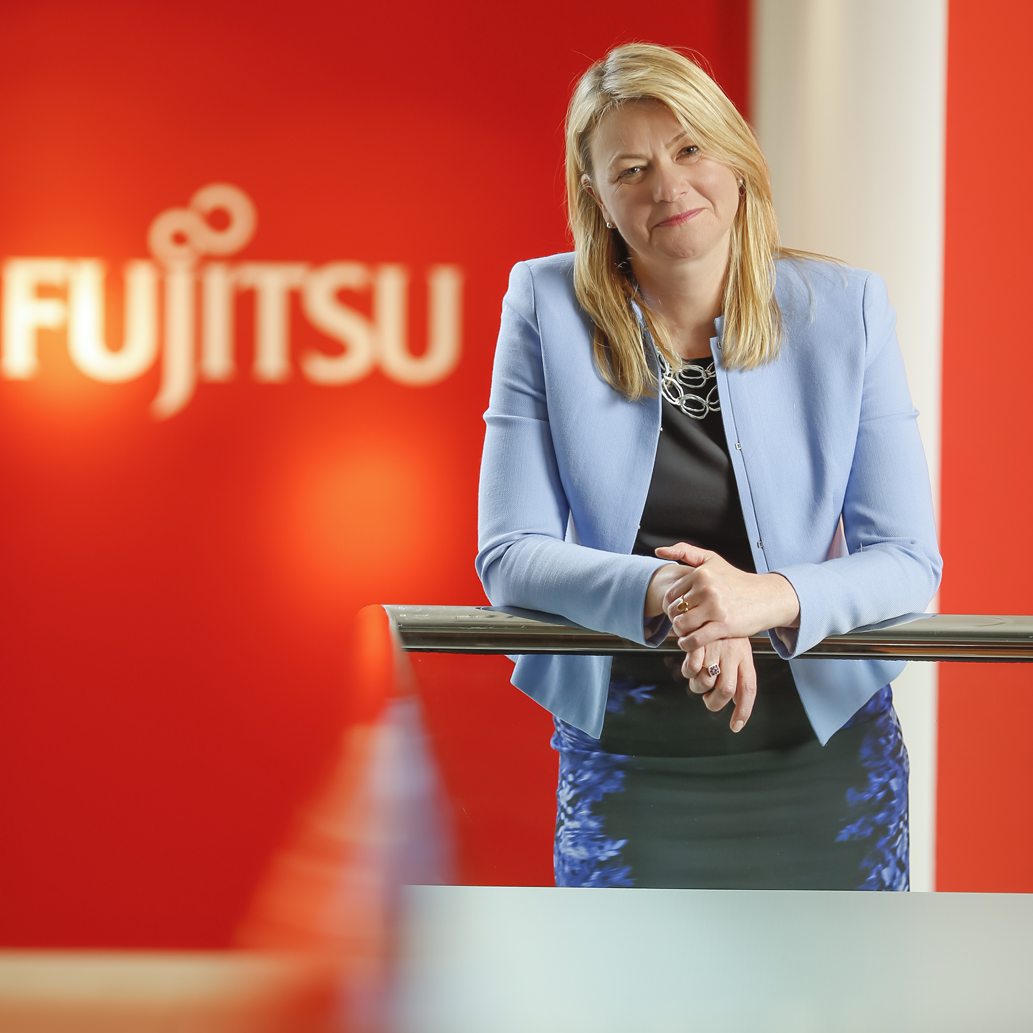Ella, tell us about your early career and how you got into HR?
My first brush with HR came in the charity sector, at a charity called the Family Service Units, and then at the mental health charity Mind. In the first post, the organisation had very little HR structure, and so it was pretty much down to me to introduce some basic processes. As an inexperienced practitioner, this forced me to do some rapid learning and research, which was very useful, and really set my mind to the fact that HR was a compelling set of activities that could achieve positive wins quickly. So when it came to getting a job at Mind, I was at least prepared with the basics, in what proved to be a tough and challenging environment, and where lots of different stakeholders had high expectations of what HR must deliver. I had to rapidly get to grips with what Mind, as an organisation, really needed from HR, and quickly learnt to identify and prioritise the most crucial issues first, rather than trying to do everything all at the same time. I immediately worked on introducing flexi-time, which people saw as a real benefit, as well as implementing proper performance management. Then off the back of some positive action, there was a big piece of organisational design to be done, in a structure that met the unique needs of this charity. Mind was an emotionally-charged environment and employed a lot of people with mental health problems. It was quite a small organisation, so as Head of HR – and not yet 30, without much resource to call on – I had personal contact with almost all aspects of the business. I had a wide range of stakeholders from Unions, through to trustees, and I look back now and see this time as so useful, in context of how my career has panned out. I can also appreciate now how much pressure I was under, learning through first-hand experience, but under such circumstances, you either sink or swim.

Tell us about your move from the charity sector into your first commercial setting.
I joined ICL in 2000, and the first thing that hit me was the stark differences between a small organisation and a multi-national business with a global concern for the HR function. It was also the first time that I was responsible for people on a virtual global scale. My team worked in different offices and not only was there size to contend with, but the complexity was tenfold. At this time, IT was forcing a great deal of change in how the business was managed, and the tech market was of course in the throes of great turmoil and change itself. It was a fast and steep learning curve all the way.

So this was the time you experienced HR being closely aligned with the business.
Yes, although I’ve always had a curiosity of how businesses tick and learnt early on that HR is inextricably linked to business performance. In terms of the IT sector, there was a great deal of change and a lot of confusion about how the organisation needed to re-adjust its operation. ICL and Fujitsu had been doing business together since 1981, and in 1990, Fujitsu bought an 80 percent stake in ICL from STC. It was only in 2002, when Fujitsu bought the remaining 20 percent and took full ownership did it become clear what we were really about. It was a time of leadership team change, and for me it was about building new peer relationships rapidly and practically. For HR though, as is always the case, it was about working out how to align with what the business needs were. I was tasked by the then COO to reorganise all the corporate functions – fundamentally the link had to be how the business supports the needs of the customer. It’s a simple and obvious fact, but there is a complex route to achieving it. As our customers evolved and changed we needed to ensure we focused and aligned our people on our customers’ businesses. Everyone must understand that connection between their role and our customers’ business. We had an amazing growth period in the early 2000s, where the business tripled in size, including many large complex TUPE transfers. During that time, I was involved increasingly in a customer-facing role, embedding our relationship with the customer, as well as working out what the IT industry would become. It was also the beginning of a strategy of developing people internally, rather than being too reliant on recruiting externally. This came from the realisation that we were effectively training and educating people who could then move around the whole industry, rather than growing the experience in our organisation.

What was the key HR agenda at this time?
With a big organisation, it is important that HR can affect the different elements of the business to form threads that link organisational structure, and prepare for the future, and since taking this HRD role in 2009, my strategy has been about making connections that enable this. We have the long-term vision of investing in our talent programmes, and I identified that there were clearly some talented people who were primed for leadership development. Today, many of our top leaders are people who have come through the business, and via our development programmes, having experienced the tough times and serious change. Whatever the size of the business, you have to work out what’s worth investing in and our initial success with the talent programme means this investment has total backing, primarily because it’s based on looking for potential as opposed to being fixated on just performance. I believe that’s the reason 90 percent of our talent stays longer than the sector average, is they feel respected and connected with the business and embedded operation.
As Fujitsu has come out of difficult times, we have achieved a deeper connection of our people to our business. I’m very proud of what we have achieved in staff engagement, which we measure in an annual survey. By involving people right across the business, and using several innovative approaches, our scores have increased year-on-year, as have our results, showing the inextricable link between engagement and commercial success. A big part of this is communication, not just the relationship between employee and manager, but connecting the whole organisation. We have candid online discussions, and we have embedded story telling into our culture, running regular competitions for the best stories in the organisations. Building conversation into the culture and creating cohesion, that’s the art. I believe there are four cultural elements to driving successful change; a clear strategy expressed simply; role model leadership; the right skills and aligned processes for performance and reward. HR holds all these levers.
There is a lot of talk about a lack of skills in your sector and a lack of pipeline talent. How is Fujitsu countering that?
In a big organisation, HR must affect the different elements of the business to form threads that link organisational structure and prepare for the future. My strategy has been about making connections that enable this. We want to encourage more young people to look at the tech and engineering sectors as a potential career, and the best and most direct way of doing that is to demonstrate that internally. We have found out what really motivates our technical people, as we’ve designed a Distinguished Engineers programme that brings recognition and status to technical roles. Our Distinguished Engineers act as thought leaders, talk at conferences and take on new ideas. A handful of our most experienced technical people choose who should be acknowledged as a Distinguished Engineer, nominating up to 50 every year. We adopted this approach after really finding out what makes our technical communities tick. After all, our technical people are the essence of the organisation. For those starting out it can be hard to motivate your way through technical career paths, so we have made this visual, like a tube map for people choose next steps and training.
You’ve spoken about how you develop internally, if you’re an expanding business, that’s a big challenge to know what skills are needed where.
We tackle it in three ways, we’re bringing in young entrants into the organisation that will start to be the pipeline for the future, we’re recruiting for people that think in different ways, and the idea is to fast-track them to the areas where we need them. Another strand of this is doing what we can to support and develop people with training and experience modules specific to their need, at a point in their careers. For instance, we have a management accreditation programme that offers new managers the opportunity to develop new skills, and to have these accredited on a regular basis, through practical evidencebased assessment. Where skills are niche, we have the agility to bring those skills in. It’s that anticipation of what will be next, preparing us for the speed and unpredictability of change in this market, that is key. We need more people to come through technical education, and we need more women pursuing STEM subjects – there are not enough, and both of these issues need immediate action. Our answer has been to look at where we recruit. If we can’t find the right people with the right potential IT skills at universities we will, and are, bringing them in from schools as apprentices. Two thirds of our apprentices come into IT roles. Our goal is to be seen as a company that is taking its commitment to recruit young people very seriously. And of course, recruiting new people is just the start of it. Retention today, more than ever before, is also a huge challenge, and so we map out the future for them as soon as they join, demonstrating where their potential could take them in the organisation. We actively go to schools and present our potential as a career company.
The other issue is equality. At the moment 27,000 students are going through STEM related courses, and only five percent are female.
Absolutely, gender in the STEM sectors is a critical issue and inclusion is fundamental at Fujitsu, and our women leaders are actively promoting how we are creating career foundations that provide all of the attributes needed for women to have equal opportunity to their male colleagues. Moreover, we’re actively promoting female role-models in the market to inspire our young women, because it’s clear that at school, people don’t understand what the opportunities are. Fujitsu’s Regina Moran who runs Fujitsu in Ireland is the first female President of Engineers in Ireland, so things are changing, slowly.
In general, leadership has had terrible press. Do you think the situation is improving, in terms of leadership profile, and how has Fujitsu set out its stall?
I think it is a legacy issue, whereby some poor leaders have been the catalyst for this, and the press has been vociferous, in some cases with good reason, in its blame of where leaders have failed. I truly believe that such leaders are in the minority and that future leaders will improve these perceptions. For us, it’s about growing our own, bringing people up through the business with the culture and values of the organisation ingrained. And, as said, the more you connect the more you retain, and if we’re growing our own talent, we will retain more talent for longer.
What is next for HR at Fujitsu and how does this align with the future plans of the business?
The speed of change in this sector is breath-taking and you simply cannot be caught out, it would be catastrophic for a business that has to be leading the curve of new innovation and technology. I would say it’s a big but exciting challenge, and I truly believe that the future is in the hands of the young talent and potential that we are bringing into the business right now. When I meet new joiners, it’s notable how they think about the world in a different way. You need to get fresh thinking into any traditional company, and how you grow the two alongside each other is important. Change is absorbing, because it challenges what you do and how you do it. A future challenge will be the effect of automation and, as we speak, how and where people are employed in organisations is being re-written, and so HR has a task ahead in the rethinking of work and the traditional workplace.
As you prepare to leave Fujitsu, what is next on the HR agenda and in your view is it cutting it in the modern workplace?
HR needs to change too, we need to be using our data to help our organisations make meaning decisions and take actions as a result. The traditional profile is no longer relevant. Increasingly decisions and actions will be formed by data, and that’s a significant step change in the sector. HR has to be better with data analysis. As a whole, HR has been sitting on all that data information for too long and not realising its value. I’m bringing people into the HR team with different skills, who can look at things differently. We need to look at the future and what skills will be needed over time. I think businesses in general will prosper from an approach which is entirely different from the traditional fixed commercial focus. We’re tackling some big issues, and the success of that will only be realised in due course. I think HR gets some negative press, but increasingly, it’s a lightning rod and a bringer of change. Stepping up to the plate is where it differentiates itself in an organisation. I think the aspiration is what any forwardthinking business is trying to achieve, engagement and right skilled people, driving an inclusive organisation that champions and celebrates equality. HR is a powerful and useful resource when placed at the heart of the organisation. I think there is still a huge potential for how HR influences and shapes business strategy and ultimately, business success, and I’m really excited by it.
FOR FURTHER INFO
www.fujitsu.com










